Before Christopher Columbus first landed in the Americas, it was estimated over 60 million Indigenous people lived in the Americas, but after European colonial conquest, only 6 million Indigenous people remained only 100 years later.
Despite never setting foot in what is now the U.S., Columbus’ landing is one of the 11 nationally recognized holidays. He was not the first foreign explorer to land in the Americas, nor did he discover it, because there were already Indigenous people here.
By saying he discovered the Americas, Columbus invalidated the Indigenous People already living here. This mindset falsely justified the conquest of Indigenous lands, subjecting Indigenous people to atrocities like plague and genocide. So many Indigenous people were killed from colonization that the earth dropped temperatures during the “Little Ice Age.”
Unfortunately, the effects of colonialism still impact Indigenous communities today. Indigenous Peoples’ Day, however, offers a challenge against colonialism and a day to celebrate survival and resistance.
On Monday, Kansas State celebrated its ninth annual Indigenous Peoples’ Day this year with a focus on Healthy Communities: Navigating Colonization and Restoring Indigenous Lifeways.
Kansas has a rich Indigenous history, especially here in the Flint Hills, where Kansas, the Konza Prairie and Pottawatomie County are all locations named after Indigenous tribes.
According to Civil War on the Western Border, before Manhattan’s founding, the area was home to the Kaw People, whose settlement was called Manyinkatuhuudje, which translates to Blue Earth Village.
However, the arrival of European-American settlers threatened their way of life.
According to the Kaw Nation website, settlers brought Smallpox, a disease which killed one of every two Kanza males.
According to the Kaw Nation, “Americans pushed deeper into the interior to take advantage of the wide-open spaces and seemingly endless resources. Many tribes were driven westward during this period of American expansion. Some of these tribes were forced onto Kanza lands, despite drastic cultural differences and the fact that some were openly hostile to the Kanza people.”
The U.S. government repeatedly sliced up the Kanza homeland until the tribe was forced to cede their lands in Kansas.
According to History of Riley County, “By 1854 the Kansa Indians no longer lived in the Riley County area.”
However, this is not the end of their story.
Today, the Kaw Nation is likely more prominent than before contact with European settlers, with almost 4,000 members.
According to the Kaw Nation website, “It has done so through perseverance and resilience, but there is always more work to be done. One of the most important things Kanza people can do to assist in the process of ongoing societal recovery and expansion is to educate themselves about the tribe’s history, culture and language.”
K-State partnered with the Kaw Nation through the Kansas Land Treaties Project to create a documentary reviving native language and culture. The documentary, “‘Creator Gives Us Language’: A Story of Rematriating Kaánza Íe,” premiered at K-State’s Indigenous Peoples’ Day event and can be watched on the Chapman Center for Rural Studies’ website.
Choosing to celebrate Indigenous Peoples’ Day is a choice to relearn history for what it actually is, celebrating the resistance of Native Americans against colonialism rather than the colonizers who threatened their existence.
However, intentionally or not, societal erasure is still an issue present in Manhattan.
The statue of Johnny Kaw in City Park is dedicated to a local historical legend, claiming attribution to things named after the Kaw people. This symbolism erases local Indigenous history.
Another place we see problematic representation is local mascots, where despite research from the American Psychological Association showing that American Indian mascots are harmful and affirm inaccurate racial stereotyping, local organizations such as Manhattan High and the Kansas City Chiefs are hesitant to change their appropriation.
According to the APA, “The symbols, images and mascots teach non-Indian children that it’s acceptable to participate in culturally abusive behavior and perpetuate inaccurate misconceptions about American Indian culture.”
As much as Indigenous Peoples’ Day is a time for reflection and remembrance, it’s more importantly a reminder to celebrate resistance. Whether that means reading a book by an Indigenous author, researching native history or supporting an Indigenous-owned business, this is a reminder to honor Native American history, culture and people, not just on Indigenous Peoples’ Day, not just this week, but every day of the year.



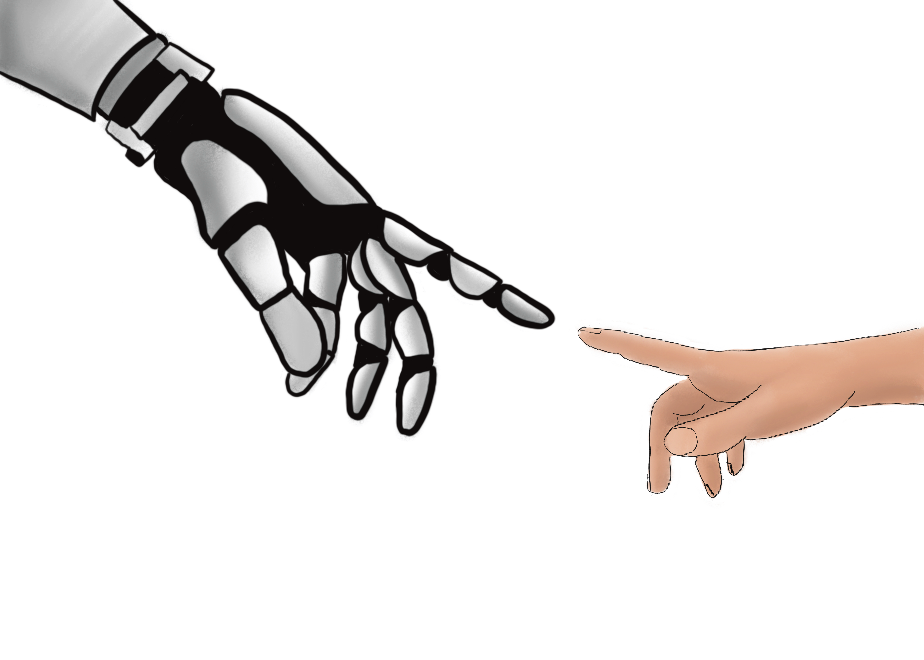



























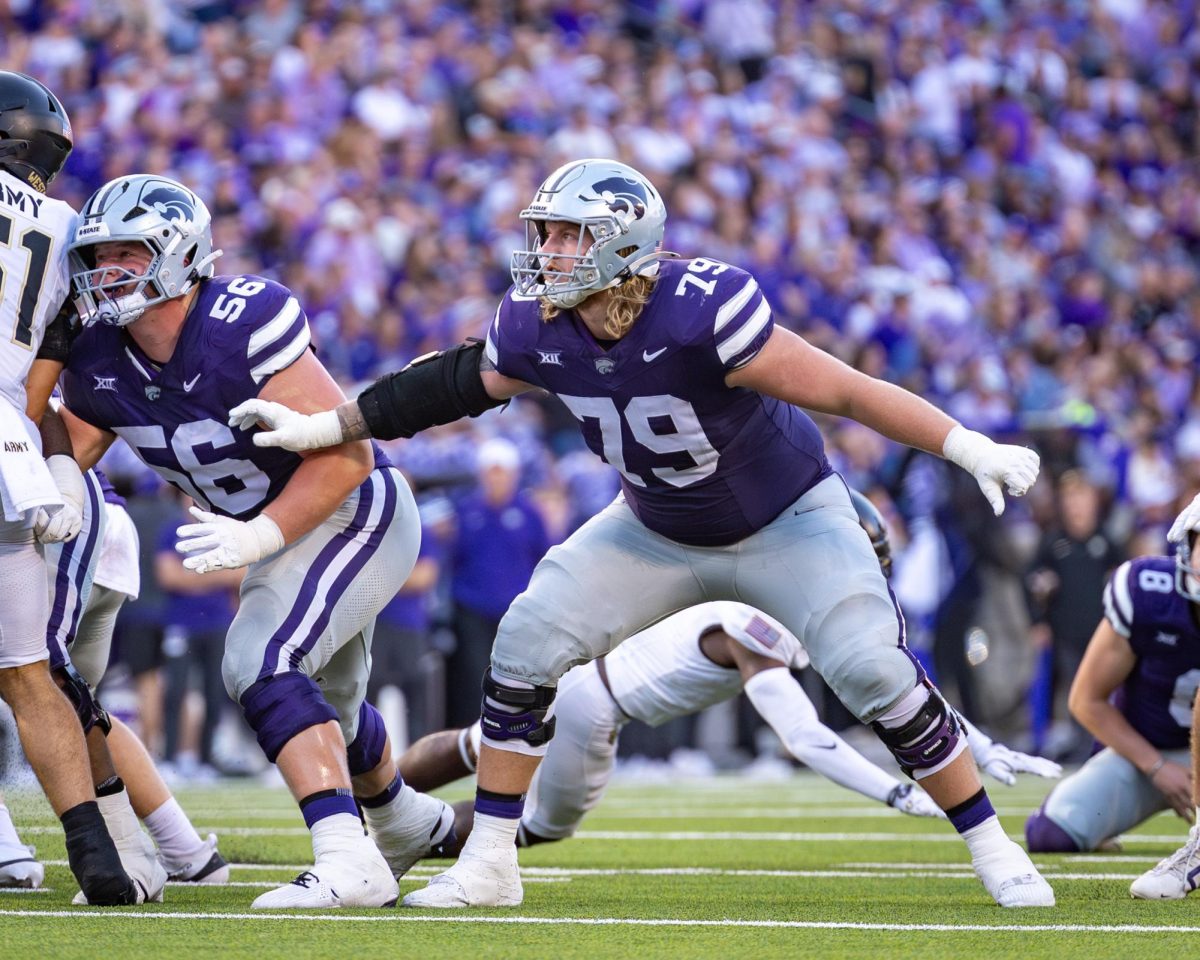

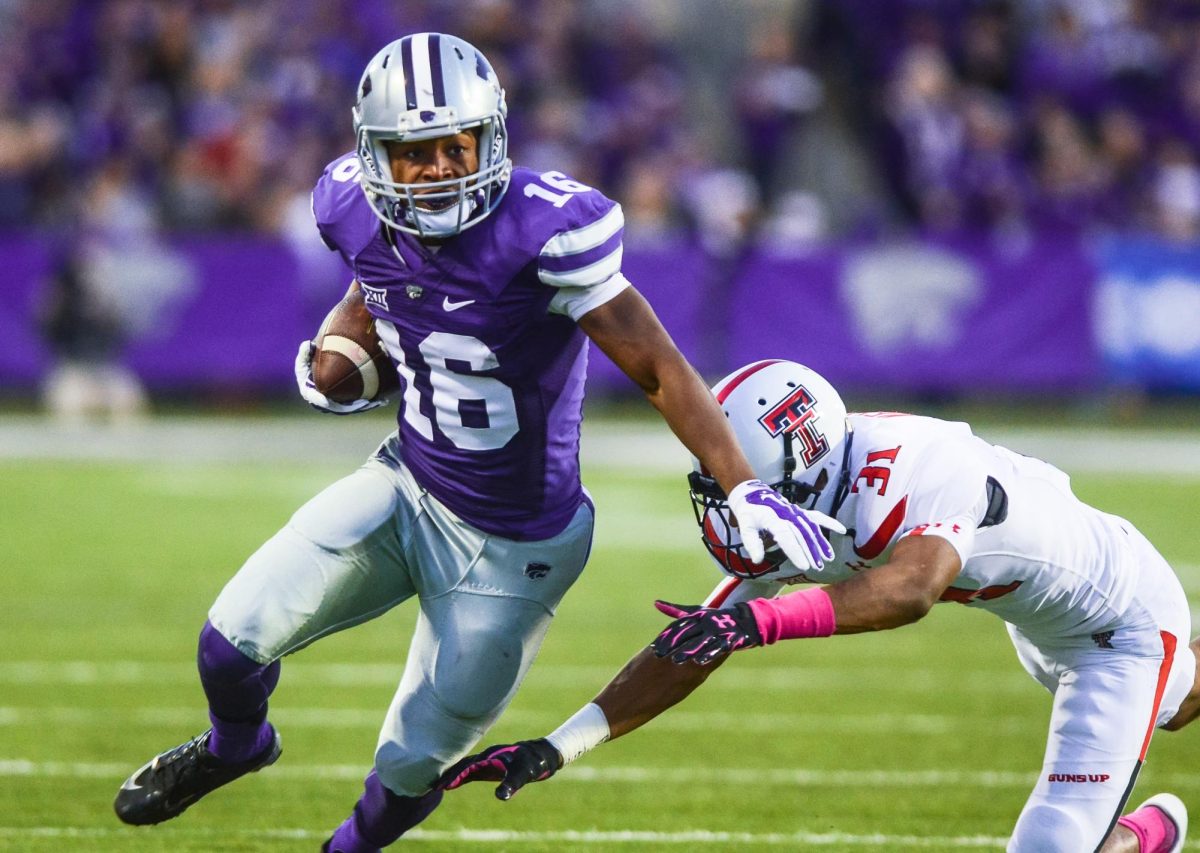

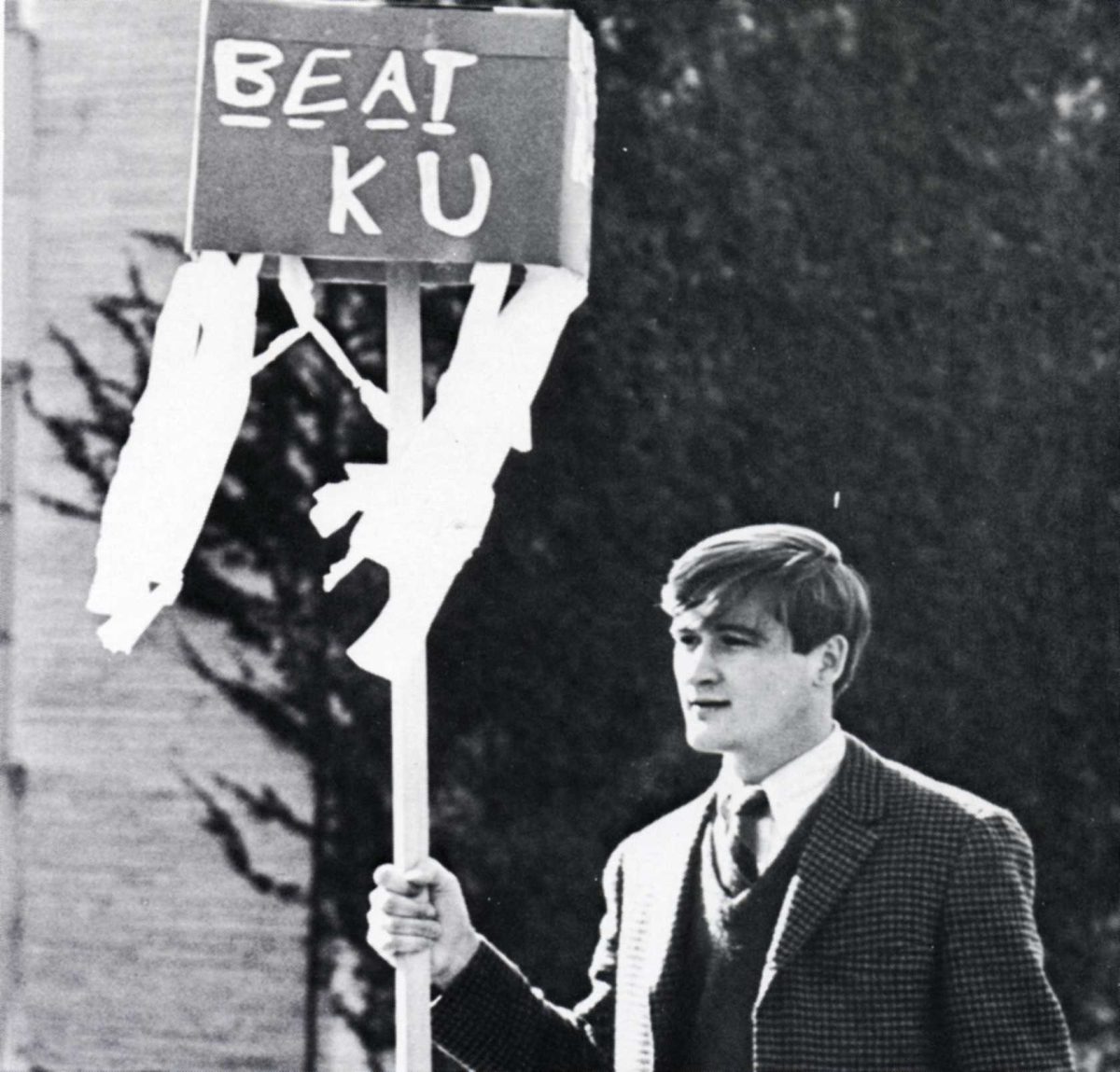


































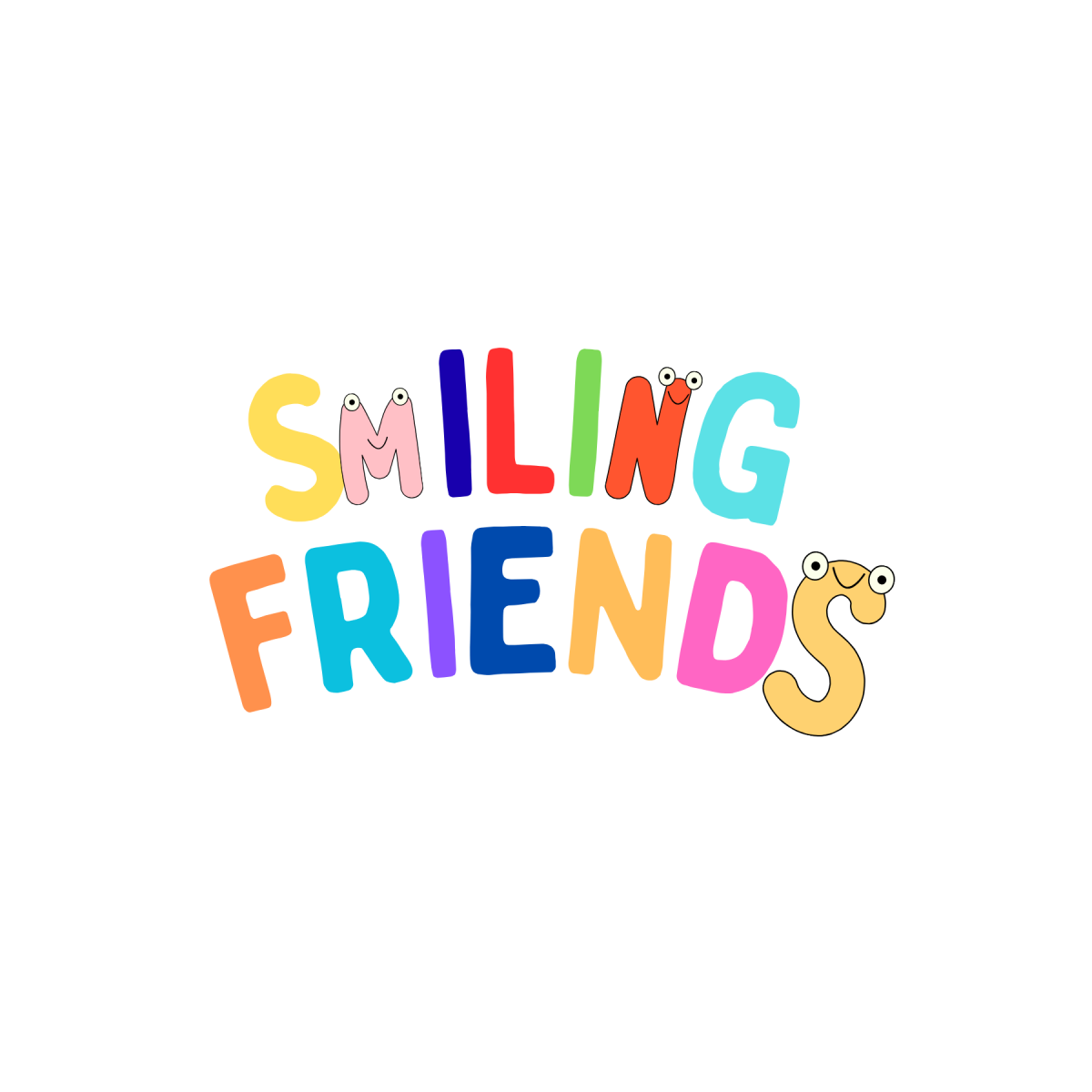


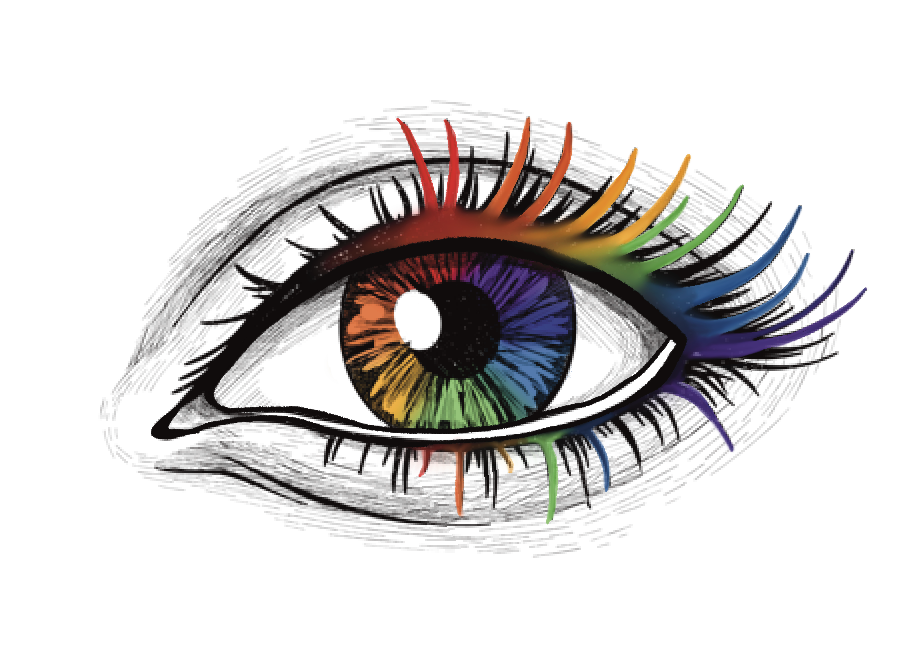












































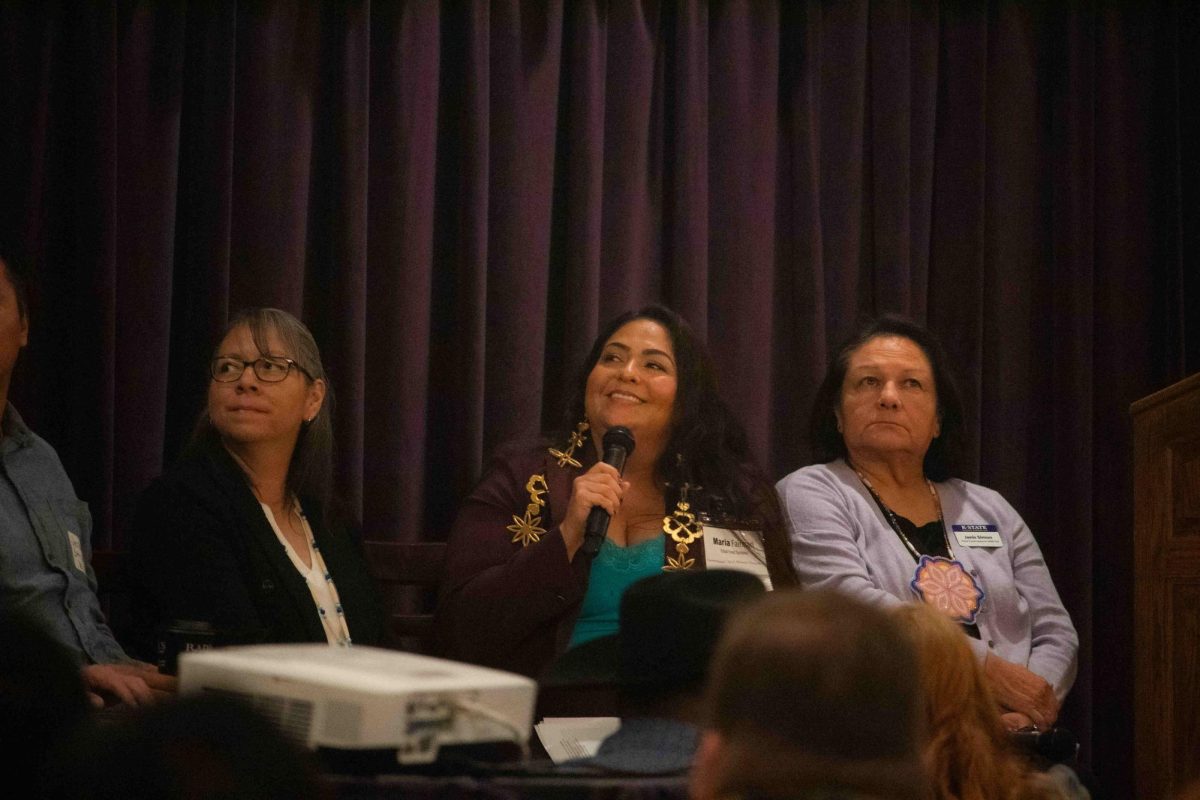
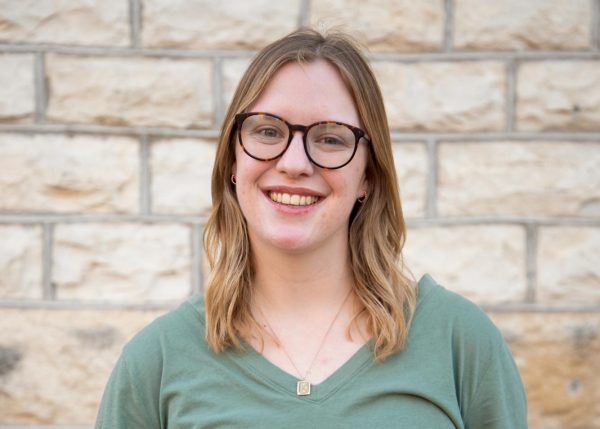
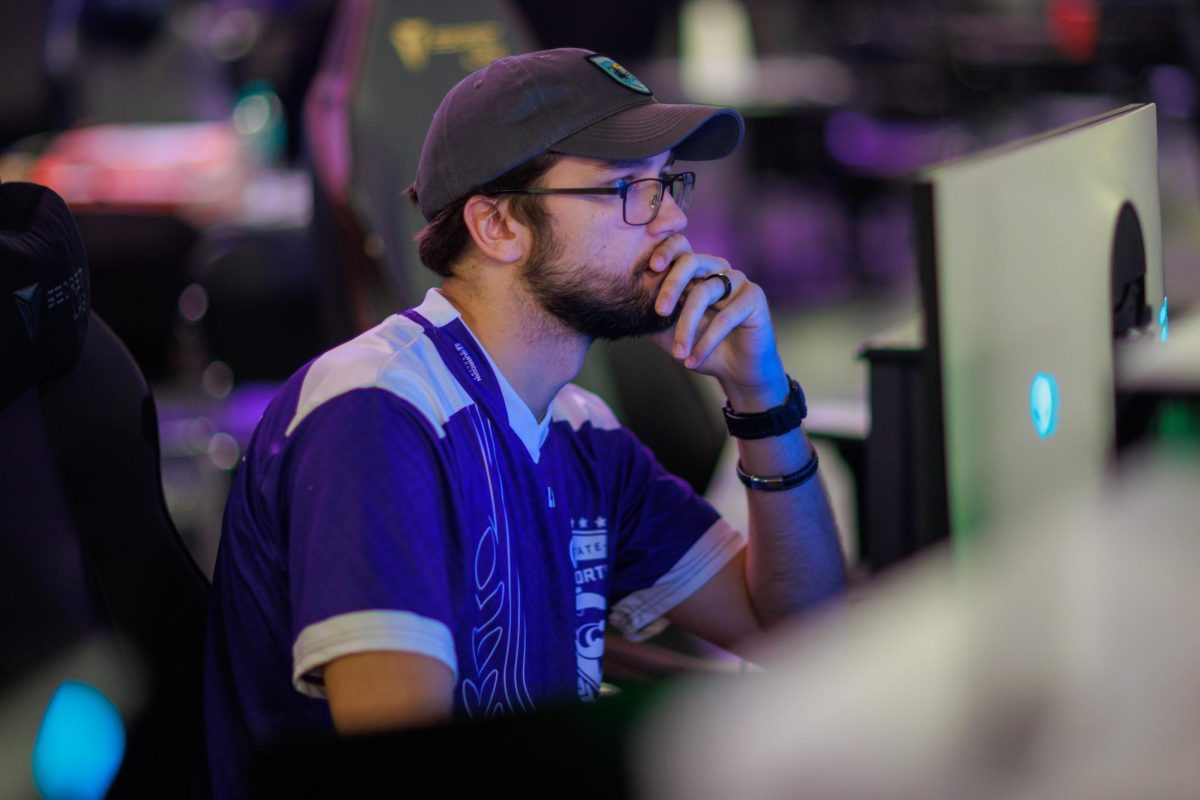


dan • Dec 16, 2024 at 12:25 pm
Who did this tribe take the land from to be called “theirs”?